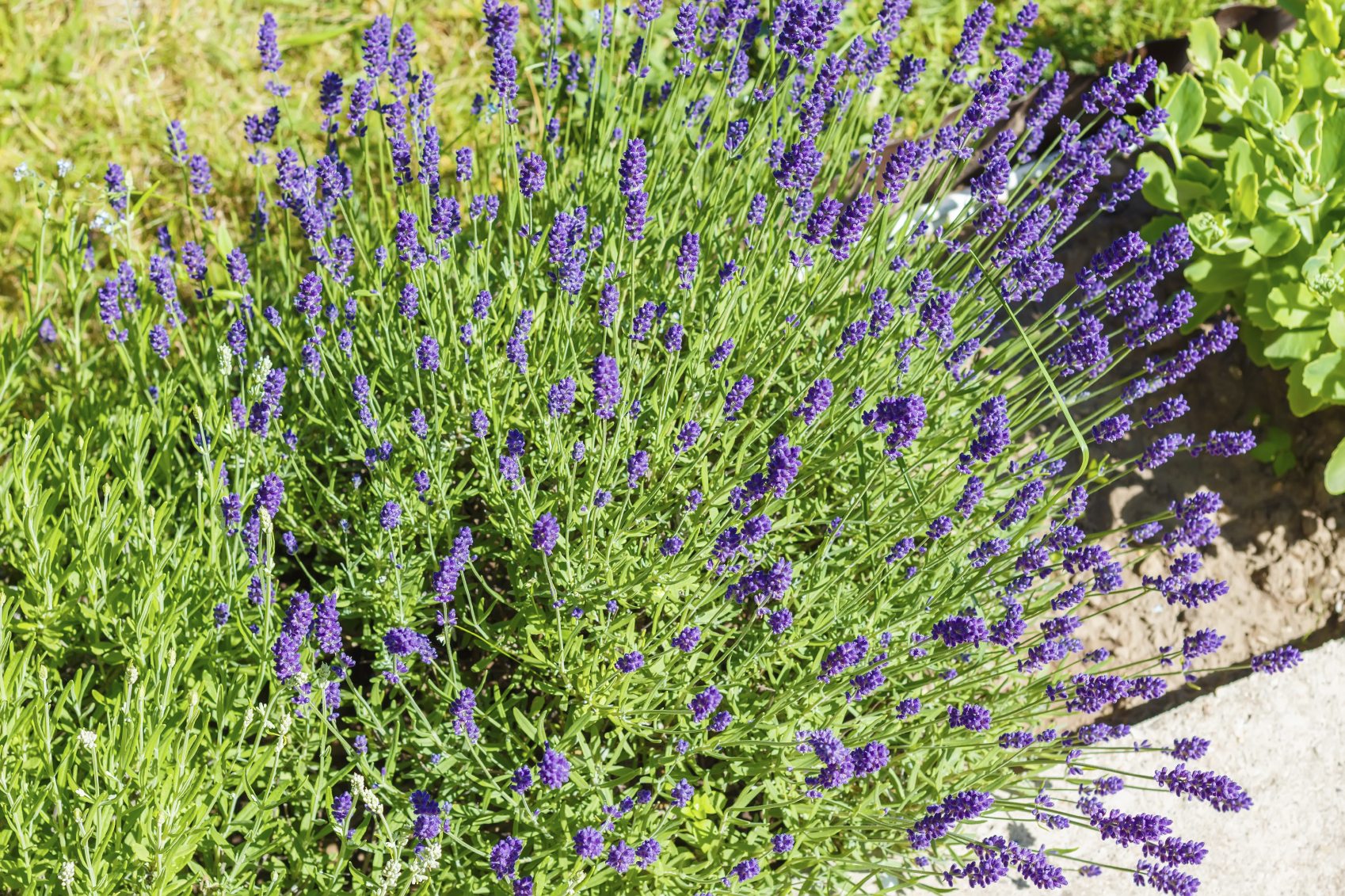What To Do With Woody Lavender: Tips On Pruning Woody Lavender Plants


Lavender shrubs bear bright, fragrant blossoms and can live for 20 years or more. However, after six or eight years, they can begin to look woody, filled with dead wood and bearing fewer of their sweet-smelling flowers. Don’t give up on these plants. If you want to know what to do with woody lavender, understand that pruning woody lavender plants can often restore them to their former glory. Read on to learn how to trim a lavender with woody stems.
Preventing Woody Lavender
Prevention is always easier than cure. If you have young, healthy lavender plants, you can work at preventing woody lavender with appropriate planting and cultural care. The keys to lavender care are good drainage and minimal fertilizer. Plant your lavender in well-drained, rocky soil, on a slope (if possible) to ensure drainage. Fertilize them lightly the very first year after planting. After that, do not fertilize regularly. Prune lavender lightly to maintain the rounded shape.
What to Do with Woody Lavender
When you notice that your lavender is woody, it’s time to take action to help it recover. Here’s what to do with woody lavender plants: prune them. Pruning woody lavender plants is the key to rejuvenating them. For restorative pruning, be sure to sterilize the pruners by soaking them in a solution of water and denatured alcohol to prevent disease spread. It's also important that the tool blades are sharp. Prune these lavender in spring when all frost is finished for the season. A frost can kill off new plant growth.
How to Trim a Lavender with Woody Stems
It isn't hard to learn how to trim a lavender with woody stems. The basic rule of pruning lavender is not to trim into brown, dead wood. You’ll usually find brown branches at the base of the plant.
Remove them only when they are truly dead. Never cut them back, hoping to stimulate new growth. The plant cannot produce new growth from the woody parts. When you're pruning woody lavender plants, it’s also a good idea not to prune all of the plant at the same time. Instead, work slowly, trimming back each branch, but never cutting into the brown wood. You can trim branches back by one-third or one-half. Always be sure that there are green leaves still on the plant when you are done pruning.
The entire restoration may take several years to accomplish, as you never want to do too much pruning at one time. Prune again in autumn just to shape the plant, then weed all around it and offer a handful of slow-release granular fertilizer to help get your lavender growing well before the winter cold snap.
Gardening tips, videos, info and more delivered right to your inbox!
Sign up for the Gardening Know How newsletter today and receive a free copy of our e-book "How to Grow Delicious Tomatoes".

Teo Spengler is a master gardener and a docent at the San Francisco Botanical Garden, where she hosts public tours. She has studied horticulture and written about nature, trees, plants, and gardening for more than two decades. Her extended family includes some 30 houseplants and hundreds of outdoor plants, including 250 trees, which are her main passion. Spengler currently splits her life between San Francisco and the French Basque Country, though she was raised in Alaska, giving her experience of gardening in a range of climates.
-
 Looking For Plants To Give You The Soft And Fuzzies? Try These 5 Fuzzy Leaf Plant Options
Looking For Plants To Give You The Soft And Fuzzies? Try These 5 Fuzzy Leaf Plant OptionsLovers of texture, drama, silver foliage and tactile plants will adore these special sensory garden additions. These fuzzy leaf plant options will leave you all aglow
By Susan Albert
-
 Get Ready For A Summer Of Hummers! Grow These Full Sun Hummingbird Plants and Flowers
Get Ready For A Summer Of Hummers! Grow These Full Sun Hummingbird Plants and FlowersIf you’re lucky enough to enjoy a sunny backyard, make sure you are maxing out on your pollinator opportunities and grow these full sun hummingbird plants and flowers
By Tonya Barnett